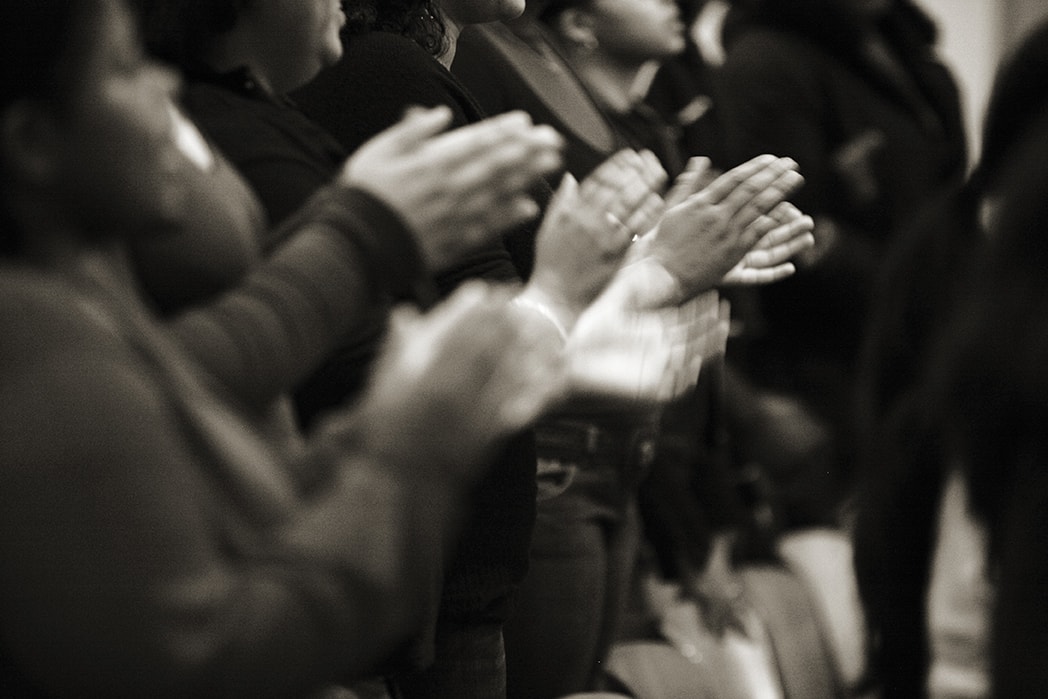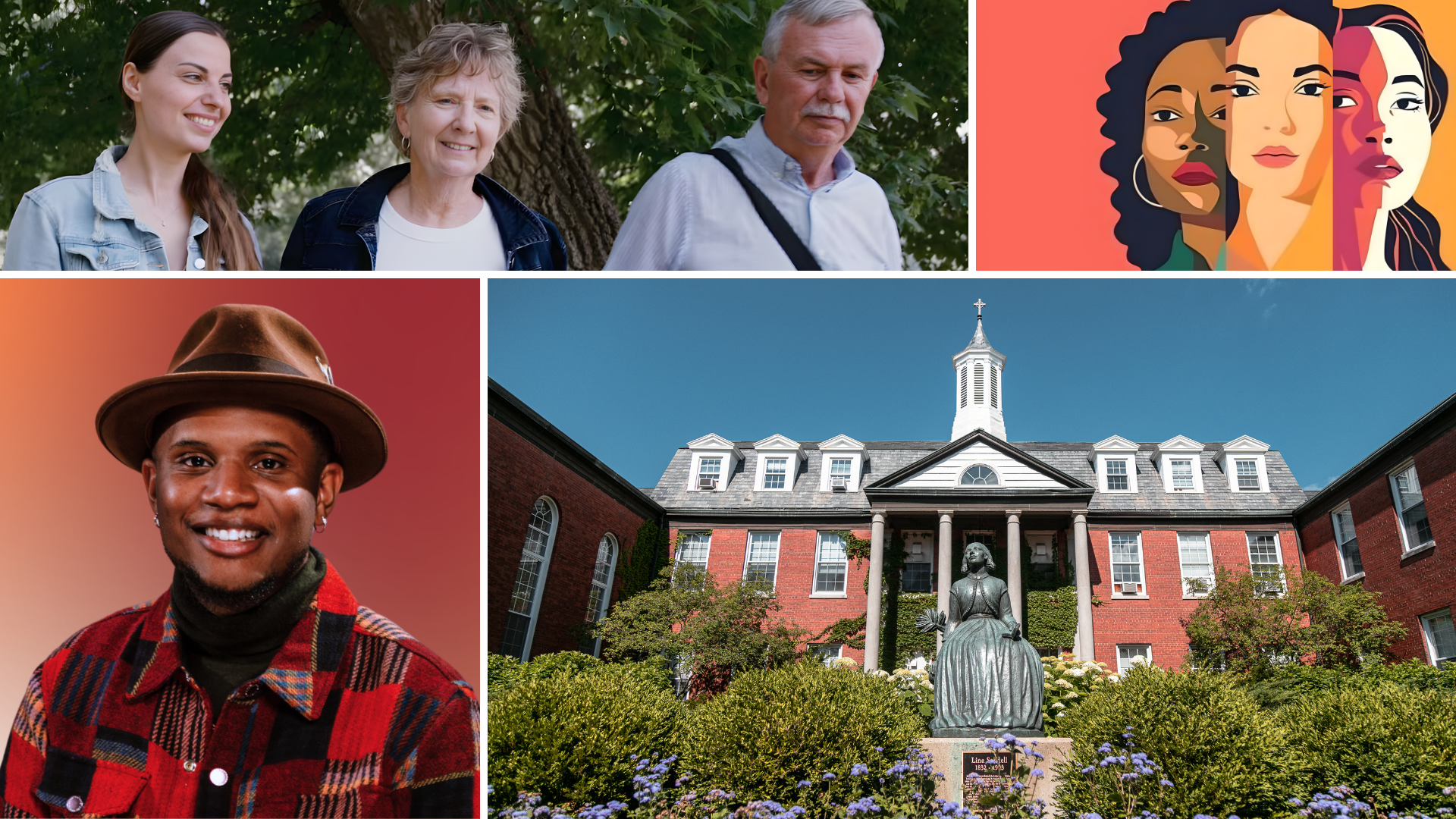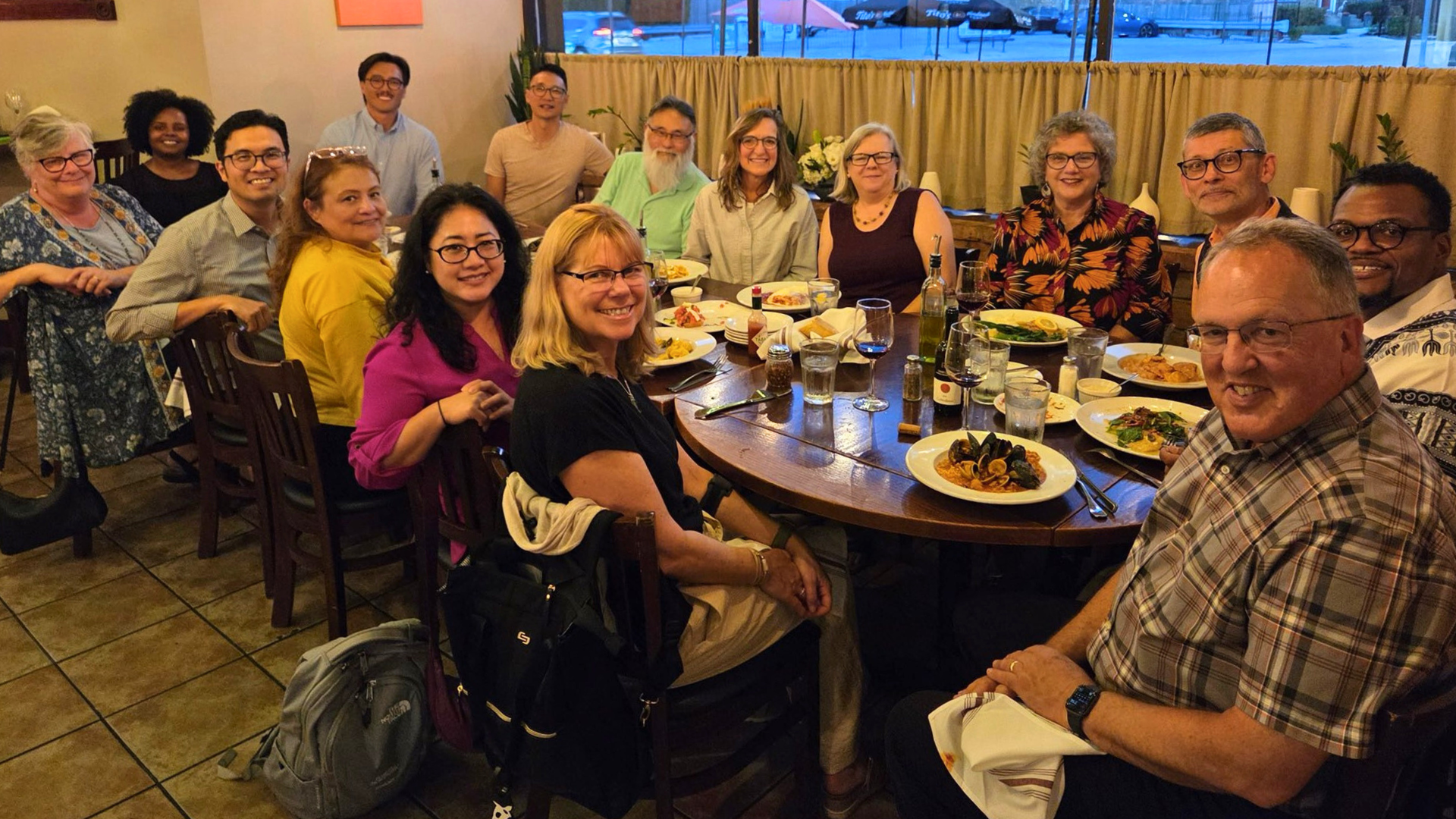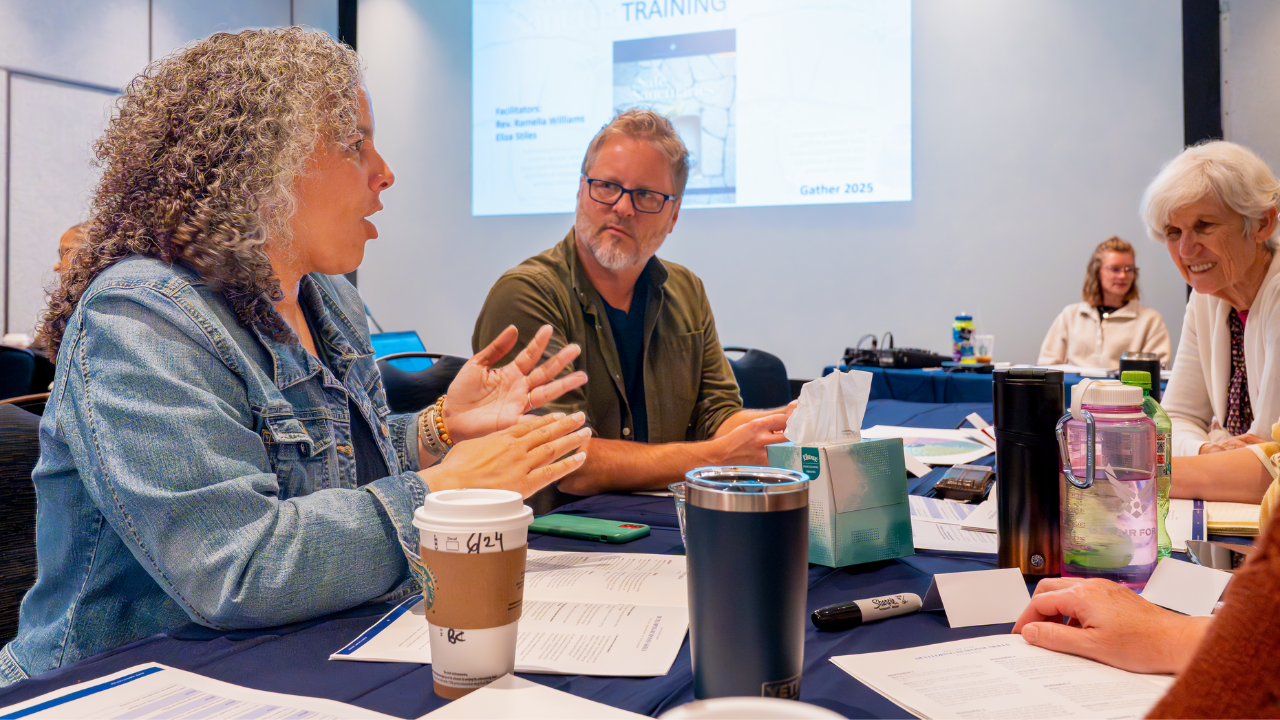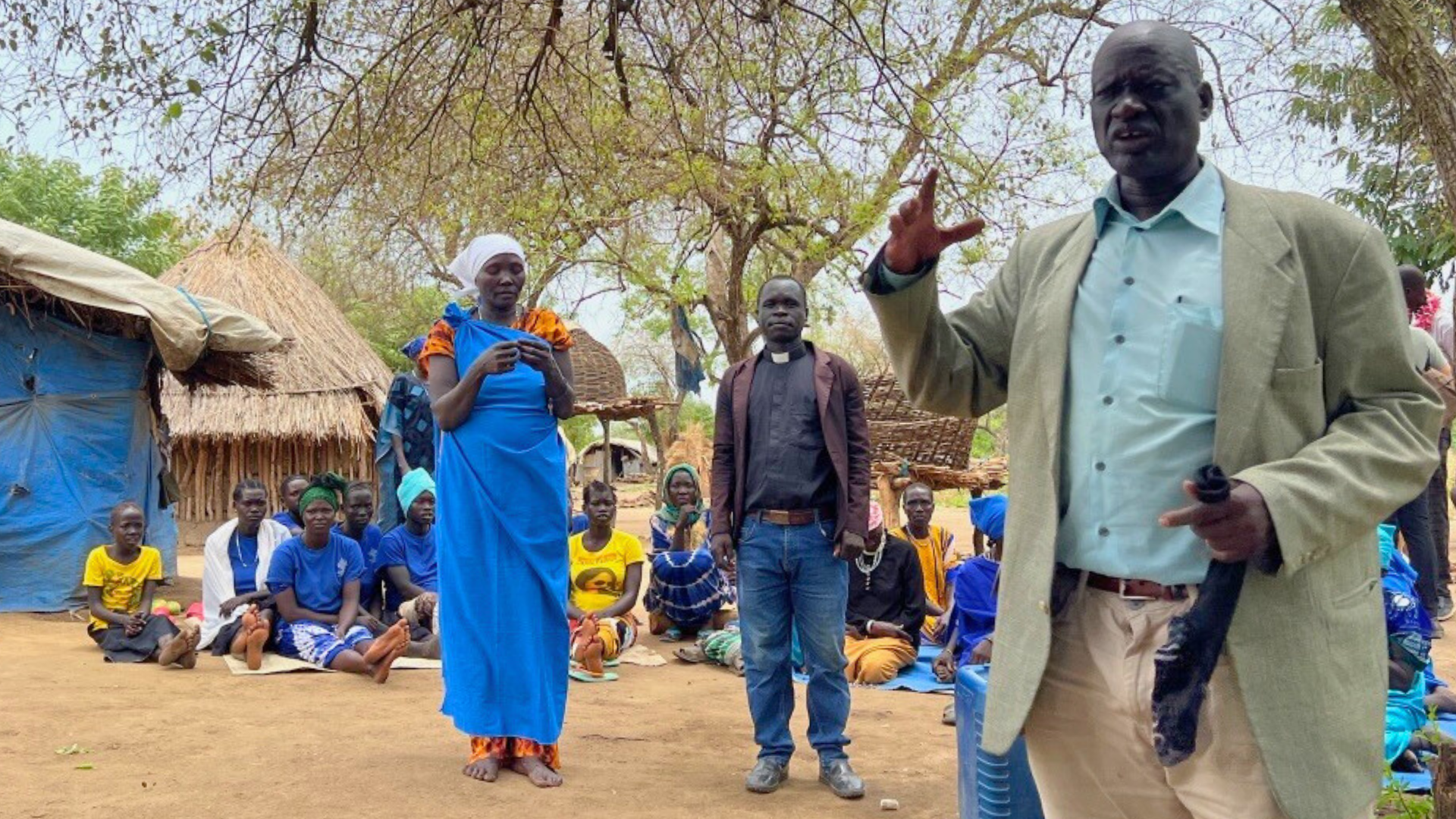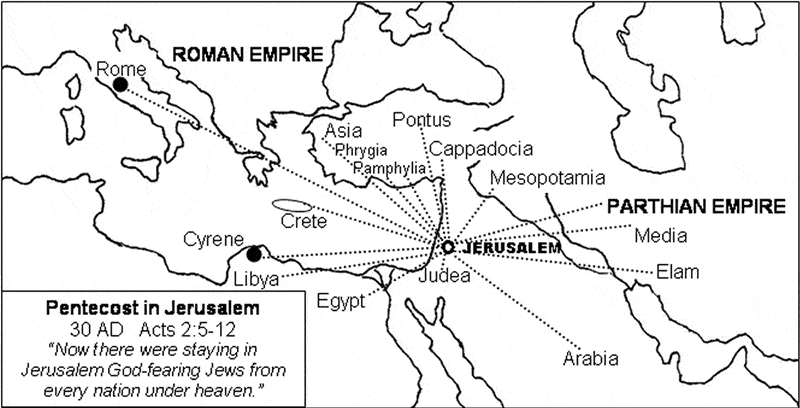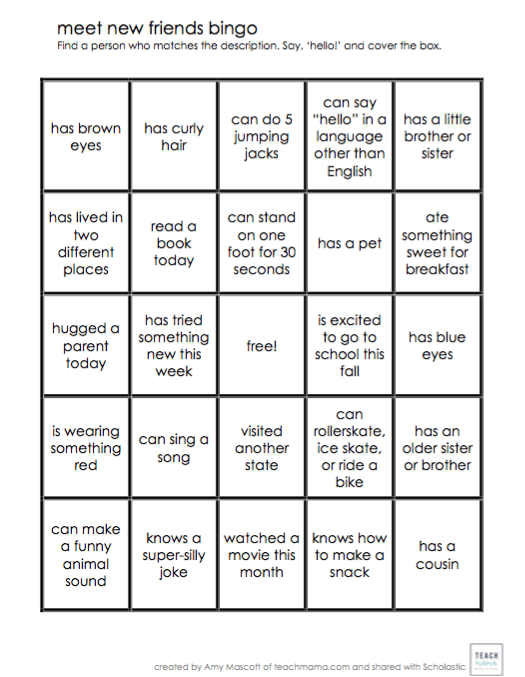[vc_row][vc_column width=”1/1″][vc_single_image image=”22889″ alignment=”center” border_color=”grey” img_link_target=”_self” img_size=”full”][vc_column_text]
How the Glen Ellyn Evangelical Covenant Church got serious about finding new and creative ways to worship
[/vc_column_text][vc_column_text]
By Don Holt
May 2016
[/vc_column_text][/vc_column][/vc_row][vc_row][vc_column width=”1/1″][vc_column_text]
The unmistakable sounds of bluegrass wash over the room. There’s a mandolin, a dobro, two guitars, and a fiddle strummed by lanky men in jeans backed by a light thump of drums. The crowd begins clapping the beat, slowly at first then building. It’s time for church.
But this isn’t a white clapboard chapel up on an Appalachian hollow. It’s the Glen Ellyn Evangelical Covenant Church in the Chicago suburbs on a yearlong quest for what Mike Langer, the congregation’s pastor, describes as “discovery, renewal, and intergenerational community all based on Israel’s ancient songbook, the Psalms.”
As the school year got under way last September, the Lonesome Theologians, a gospel bluegrass band of Covenanters from Chicago, appeared in a Saturday night concert and again in the Sunday morning worship service. They rocked through the bluegrass canon, from “Will the Circle Be Unbroken?” to a downhome version of “Amazing Grace,” as the congregation joined in, swaying and smiling. Bluegrass and the psalms? What?
It all began on a frigid January weekend in 2012 when several members of Glen Ellyn’s worship and arts committee attended a conference at the Calvin Institute of Christian Worship in Grand Rapids, Michigan. The institute’s mission is to expand the worship horizons of churches in North America.
The Glen Ellyn group learned that Calvin offered various monetary grants to help churches delve deeply into this area. Back home, they gathered with other leaders of the church to craft a grant proposal centered on the psalms. They called it “Living the Psalms from Generation to Generation: A Year of Discovery and Renewal.”
“Our idea,” says Dawn Lauber, who wrote the proposal and later became director of the project, “was to strengthen our commitment to intergenerational worship and to get serious about finding new and creative ways to worship.” Nothing would be left out—no art form, no type of music, no dramatic expression.
Each year hundreds of congregations seek the Calvin Institute’s Vital Worship grants, which are funded by the Lilly Endowment. Glen Ellyn was one of twenty-two churches in thirteen denominations to receive grant monies last year. The monetary awards are meant to allow churches to expand and experiment beyond their normal worship budgets.
Glen Ellyn’s celebration, starting after Easter and roughly following the church year, was divided into four seasons, each built around a specific psalm. Each psalm would be incorporated into every worship service, and families and individuals would be encouraged to commit them to memory. The first Sunday service in each season was conducted according to the ancient Benedictine practice of lectio divina in which a Scripture passage is read aloud, followed by meditation, prayer, and contemplation—a practice that was new to the church.
To guide them through the year, the church produced a glossy, forty-eight-page magazine-style booklet called The Church Family Prayer Book. It contained the text of each of the psalms, followed by meditations, original artwork, and still-life photography by church members. The contributors reflected the multigenerational nature of the project. The oldest was past seventy, the youngest just ten.
Langer set the tone for the booklet in his introduction. “Praying the psalms is both an act of reading Scripture and prayer,” he wrote. “The intention is to engage Christ, the Word made flesh, the grace of God embodied, and the truth about how God and humanity are intended to relate to one another.”
The theme for the first season was petition and prayer, based on Psalm 121, which begins with the memorable lines: “I lift up my eyes to the hills—from where will my help come?”
“May God be gracious to us and bless us and make his face to shine upon us.” Those joyous words from Psalm 67 began the second season in the fall, emphasizing thanksgiving and song, focused on beloved hymns. It was in this context that the Lonesome Theologians appeared. “In this church we’ve always tried to stretch ourselves musically, not sticking to any one genre but being open to all forms,” Lauber says. “We’ve done jazz. We’ve done chants. Bluegrass seemed perfect.”

Advent, the season of adoration and light, brought a close look at the visual arts in worship. Psalm 24 offers these thrilling words: “Lift up your heads, O gates! and be lifted up, O ancient doors! that the King of glory may come in.” Kari Lindholm-Johnson, Covenant pastor and artist in residence at Swedish Covenant Hospital in Chicago, came for a weekend in early December to lead the congregation in creating art for the sanctuary.
At the time Lindholm-Johnson had been musing on the color, structures, and peculiar qualities of morning glories. Though not usually considered a traditional Christmas flower, morning glories offer many parallels to the season of Advent. “They connect well with Psalm 24,” she said in a meditation during the Sunday morning service. “They grow well on gates, they lift themselves up, growing to the light.”
One Saturday morning she directed a couple dozen would-be artists, from preschoolers to seniors gathered in the fellowship hall, to apply watercolors to her design of a heart-shaped morning glory leaf. There was a lot of splattering—and laughter. Lindholm-Johnson then took the group up to the sanctuary where each leaf was pinned onto an eight-foot-tall frame she had built behind the altar. Strung with tiny lights and flanked by traditional Christmas decorations, the installation was beautiful and inspiring.
In the spring the church has emphasized lament and renewal, guided by Psalm 130. The congregation has long been open to drama in worship, presenting original skits from time to time. A readers’ theater group regularly presents dramatic renderings of Scripture and related material. To deepen that experience, the church arranged through the grant for a Christian theater group, the Ohio-based Friends of the Groom, to offer a weekend of drama workshops for all ages.
To create opportunities for more community within the church, each season ended with a meal following the morning service. “The food was ridiculously good and there was plenty of it, but the best part was the talk around the tables,” says Langer.
“This project is instrumental in clarifying and guiding our vision as a church,” he says. “We could not have said ‘from generation to generation’ without the accountability of the grant in truly pursuing intergenerational worship.”
[/vc_column_text][/vc_column][/vc_row][vc_row][vc_column width=”1/1″][vc_separator color=”grey”][vc_column_text]
A Year of Discovery and Renewal at a Glance
[/vc_column_text][vc_column_text el_class=”col-4″]
Season: Summer
Worship Practice: Petition, Prayer, and Psalm 121
Congregational Activity: The Church Family Prayer Book
Christian Habit: Daily prayer and meditation on Scripture[/vc_column_text][vc_column_text el_class=”col-4″]
Season: Fall
Worship Practice: Thanksgiving, Song, and Psalm 67
Congregational Activity: The Lonesome Theologians concert and worship
Christian Habit: Teach hymns of the faith; memorize psalms through music[/vc_column_text][vc_column_text el_class=”col-4″]
Season: Winter
Worship Practice: Adoration, Light, and Psalm 24
Congregational Activity: All ages art project of light for sanctuary
Christian Habit: Experiencing God’s beauty through sanctuary and visual art[/vc_column_text][vc_column_text el_class=”col-4″]
Season: Spring
Worship Practice: Lament, Renewal, and Psalm 130
Congregational Activity: Friends of the Groom, drama workshop
Christian Habit: Hearing and speaking God’s word to learn to lament and renewal[/vc_column_text][/vc_column][/vc_row][vc_row][vc_column width=”1/1″][vc_separator color=”grey”][vc_column_text]
How to Write a Successful Grant Proposal
[/vc_column_text][vc_column_text el_class=”sidebar”]
Every year, the Calvin Institute awards grants to churches and worshiping communities in North America to support vital worship, with a special emphasis on intergenerational disciple ship. The application process takes both time and effort, but the rewards are great. Here is how we did it at Glen Ellyn Covenant Church.
Step One: Learn what Calvin looks for in grant applications.
Their website (worship.calvin.edu/grants) is an extremely useful resource detailing past and current grant recipients, as well as suggesting articles and books on worship. A year before applying, I connected with Betty Grit, then director of the grants program, and invited her to be the liturgist at our church’s Jazz Psalmfest. Betty and I then met with Steve Burger, director of family ministries for the Covenant Church, and Geoff Twigg, worship consultant, to consider a project that modeled intergenerational worship through the creative arts. Through Betty, I learned that focusing on the psalms has high value in grant applications, as do projects that engage the whole congregation and have potential to continue beyond the grant year.
Step Two: What do you want to do?
Answering this question can take more time and effort than anything else connected with seeking a grant, but it will pay off in the end. In our case, it meant long talks with our pastor and the worship committee about our vision, our strengths and hopes, and more mundane things like resources.
Step Three: Write the proposal.
This can seem the most daunting, but it need not be if you have done all the heavy lifting in steps one and two. The simple and direct application questions are helpful guides. You have to be specific in what you intend to do and why you think you need to do it. Generalities will not impress the grantor.
Spending a year in conversation and prayer proved significant: I wrote our proposal one week in October while recovering from the flu. Don’t be afraid to ask the worship grants team questions, either by email or in person—they welcome questions. One month before the due date, I sent a preliminary draft to Kathy Smith, associate director and program manager for grants programs, for her feedback.
Send your draft around the church, to the pastor, worship director, church chair, and anybody else you think might have a good idea or two. You need a strong consensus of support from the congregation, staff, and leadership team because, remember, if you get the grant, your church has to do what you said it would do.
Our thirteen-page proposal was in final form and shipped to Calvin before Christmas. The due date is generally early January, then the three-month wait. The affirmation that spring made it all worthwhile.
[/vc_column_text][/vc_column][/vc_row]


